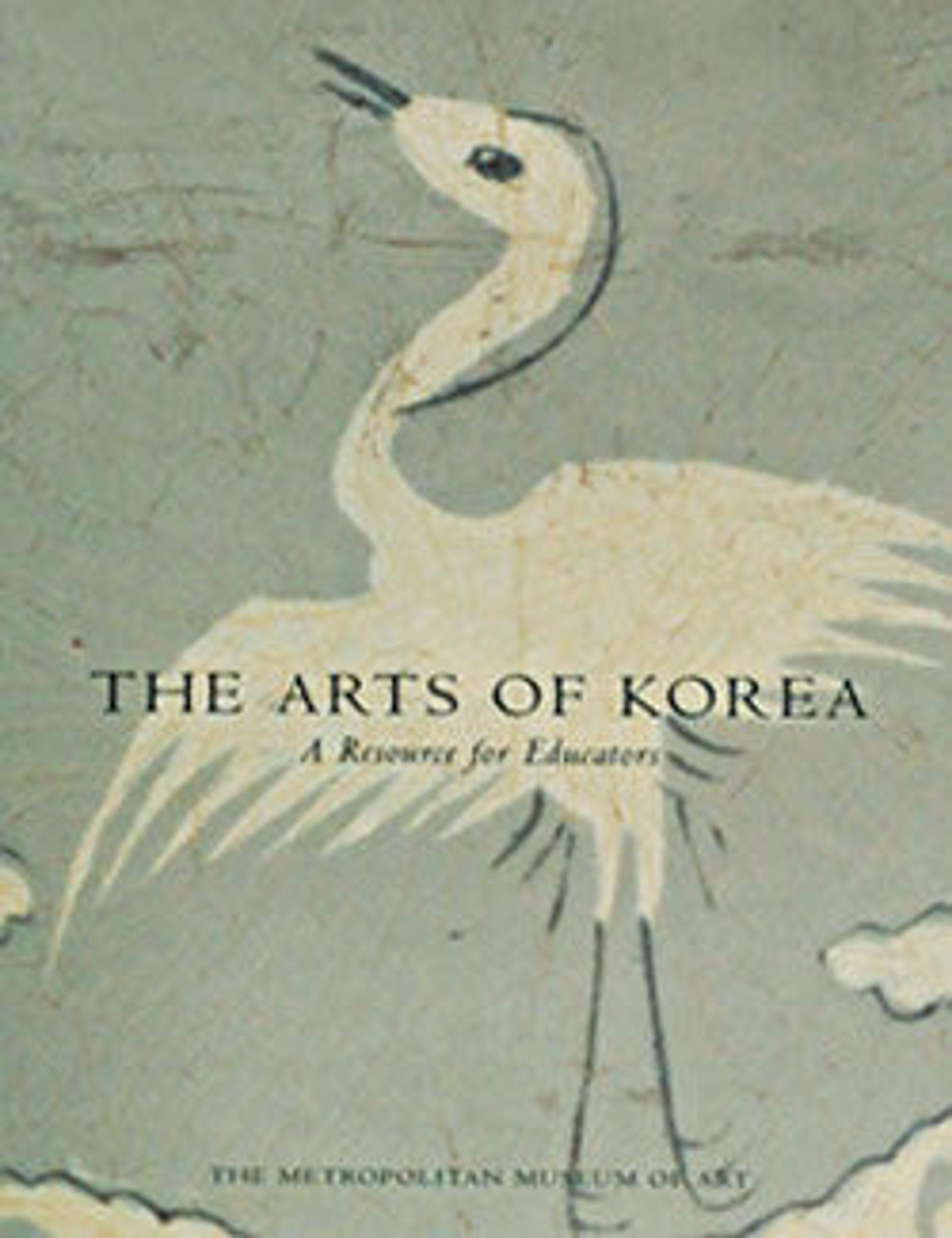Grapevine in the Wind
A wind-tossed grapevine, heavy with ripening fruit, is rendered with masterfully fluent brush techniques. The sway of the serpentine branches is executed with strokes of changing speed and pressure to suggest both contour and volume in a technique known as “flying white” (in which areas of unpainted silk are left visible). The contrasting textures of the plump fruit and fragile leaves are achieved with carefully modulated tones of ink.
Along with the so-called Four Gentlemen (plum, bamboo, chrysanthemum, and orchid), the grapevine was a favored motif among literati painters of the Joseon dynasty. As a vehicle for displaying the artist’s calligraphic techniques and styles—a talent every scholarly gentleman was expected to possess—ink monochrome works of grapevines were considered a worthy part of the literati painter’s repertoire.
Along with the so-called Four Gentlemen (plum, bamboo, chrysanthemum, and orchid), the grapevine was a favored motif among literati painters of the Joseon dynasty. As a vehicle for displaying the artist’s calligraphic techniques and styles—a talent every scholarly gentleman was expected to possess—ink monochrome works of grapevines were considered a worthy part of the literati painter’s repertoire.
Artwork Details
- 작자미상 포도 조선
- 作者未詳 墨葡萄圖 朝鮮
- Title: Grapevine in the Wind
- Artist: Unidentified artist
- Period: Joseon dynasty (1392–1910)
- Date: 16th century
- Culture: Korea
- Medium: Hanging scroll; ink on silk
- Dimensions: Image: 34 1/2 in. × 19 in. (87.6 × 48.3 cm)
Overall with mounting: 77 × 24 1/2 in. (195.6 × 62.2 cm)
Overall with knobs: 77 × 27 in. (195.6 × 68.6 cm) - Classification: Paintings
- Credit Line: Purchase, The Dillon Fund Gift and Friends of Asian Art Gifts, 1994
- Object Number: 1994.439
- Curatorial Department: Asian Art
More Artwork
Research Resources
The Met provides unparalleled resources for research and welcomes an international community of students and scholars. The Met's Open Access API is where creators and researchers can connect to the The Met collection. Open Access data and public domain images are available for unrestricted commercial and noncommercial use without permission or fee.
To request images under copyright and other restrictions, please use this Image Request form.
Feedback
We continue to research and examine historical and cultural context for objects in The Met collection. If you have comments or questions about this object record, please contact us using the form below. The Museum looks forward to receiving your comments.
